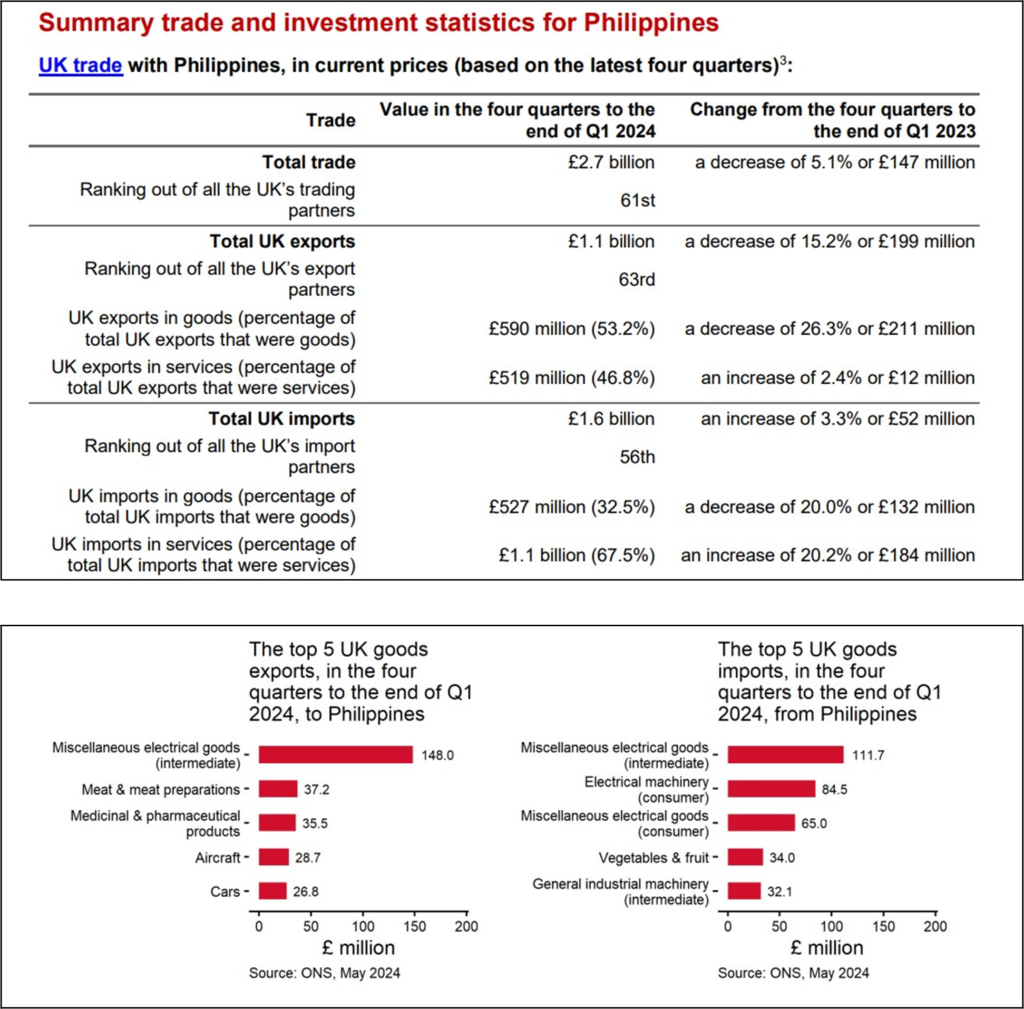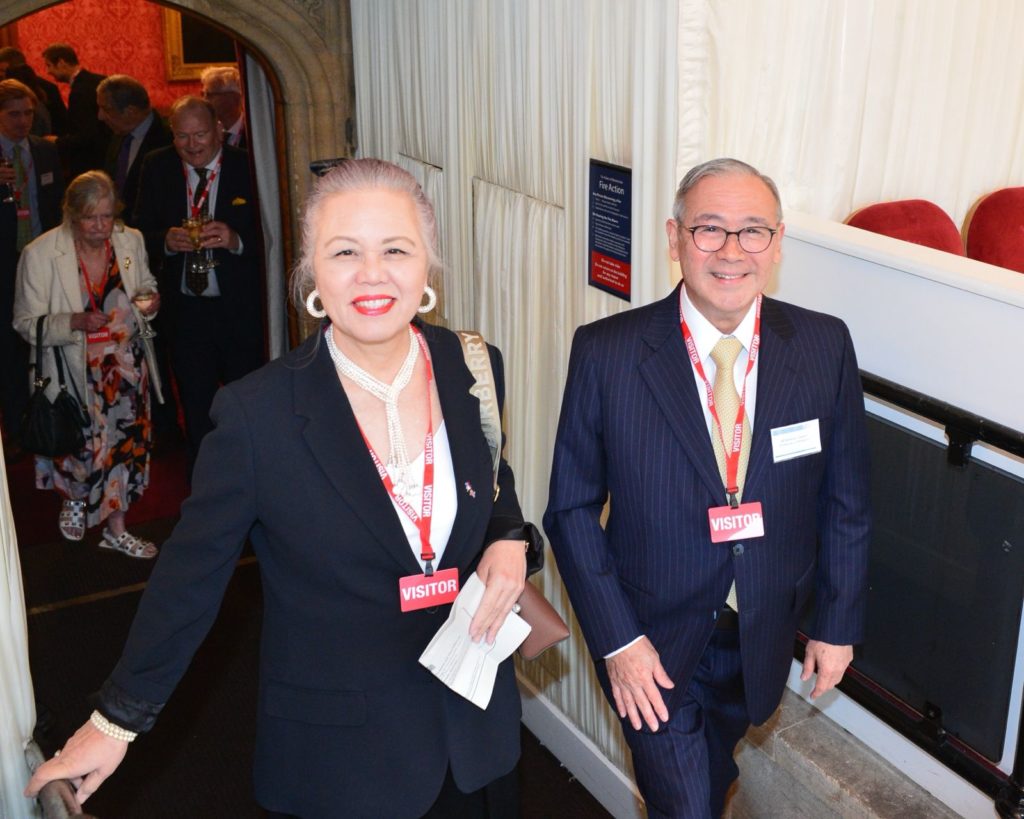We have seen a much stronger than expected performance by the Philippines economy in 2012, with 7% in sight for this year, 2013. Sound policy developments and underlying fundamentals provide a solid foundation for confidence in the Philippines in the short term. Longer term, the challenge is for further economic reform to make sure that growth is sustainable. UK export growth of 21% topped off an excellent year for UK business – but there are challenges to some of our big ticket ambitions, especially infrastructure.
What happened in 2012?
The Philippines economy was one of the global star performers in 2012 with growth accelerating over 6%. This is well above the 3.7% in 2011 and above the average over the last 10 years (5%). Growth in Q3 of 7.3% was second only to China in Asia. The deficit is below 3% of GDP, and debt around 50% and declining. The description of the Philippines as “the diamond of the region” by an RBS economist in November has been proudly replayed by media and policy-makers alike. One of the few outliers was Foreign Direct Investment (FDI), which remained flat and significantly behind other ASEAN countries.
There were a number of factors in this success: including strong inflows of remittances from overseas contract workers, and international investment funds diversifying from less promising markets. But policy-makers have also steered a stable and sensible course. The Philippine central bank cut interest rates four times (now 3%) and introduced prudential regulations to fend off asset price bubbles in fast-growing sectors. On fiscal policy, President Aquino secured timely passage of the budget and brought forward infrastructure spending. He pushed through a number of important economic reforms, including landmark laws on reproductive health (in part to address the development impacts of high population growth) and alcohol and tobacco tax reform.
The stock market rose 24% to become one of Asia’s top performers. The government bond rating is hovering just below investment grade and strong improvements have been recorded in WEF’s International Competitiveness Survey (up another 10 ranks in two consecutive years) and Transparency International’s Corruption Index (up 24 ranks, and now better than Indonesia and Vietnam). The peso also strengthened by 6.2% in the past year.
Most estimates suggest the economy will grow at around 7% in 2013. This is based on projections of robust consumer spending, private investments and public spending on infrastructure (though not on PPP). Election-related spending (the midterms are in May 2013, and there is traditionally a spike in spending by local politicians beforehand) will help too.
On the reform side, Congress looks likely to remove airline taxes which have ended direct flights to the Philippines by European carriers. An overhaul of the national health insurance system is in the pipeline. But some other legislative bills such as anti-money laundering and anti-trust seem unlikely to make the statute books. Mining policy remains problematic, with the President reluctant to take on strong anti-mining interests: a new policy adopted last year will make it difficult to press ahead with large-scale projects.
Foreign exchange appreciation poses challenges. Exporters and recipients of overseas remittances are concerned, as is the business process outsourcing (BPO) sector, which fears the impact on competitiveness. However, a stronger peso is helping deliver lower inflation, eg through cheaper oil imports and dollar loans. The central bank says it will not seek to run against the fundamentals, although it has hinted at strengthened capital controls to curb inflows of hot money.
UK exports to the Philippines rose 21% in the first 10 months of 2012. London and Edinburgh-based fund-managers increased their positions. Philippine Airlines’ major purchase of Airbus demonstrated the benefits to the UK of an increasingly self-confident Philippine private sector. UKTI ran a successful range of missions across a wide range of sectors, culminating in the December Smart Cities mission. Less encouragingly, was the reduced number of PPP projects the Philippine government bid out.
The Philippines is genuinely doing well. The country enjoys clear competitive advantages. These include a young, English-speaking workforce, connectivity with other high-growth Asian markets, and a generally low cost-base. Investor concerns about other markets, will also continue to benefit the Philippines.
However, it will be important that the heady growth does not sate appetite for economic reform. The Philippines remains over-reliant on overseas remittances and real estate, on a BPO sector which is world-class but delivers limited new jobs, and on a still underdeveloped manufacturing sector too narrowly focused around electronic components. Economic power is too concentrated and this holds back development. More needs to be done to diversify the economy and increase competition.
This summary report was prepared by UKTI.
Did you like this? Share it:











